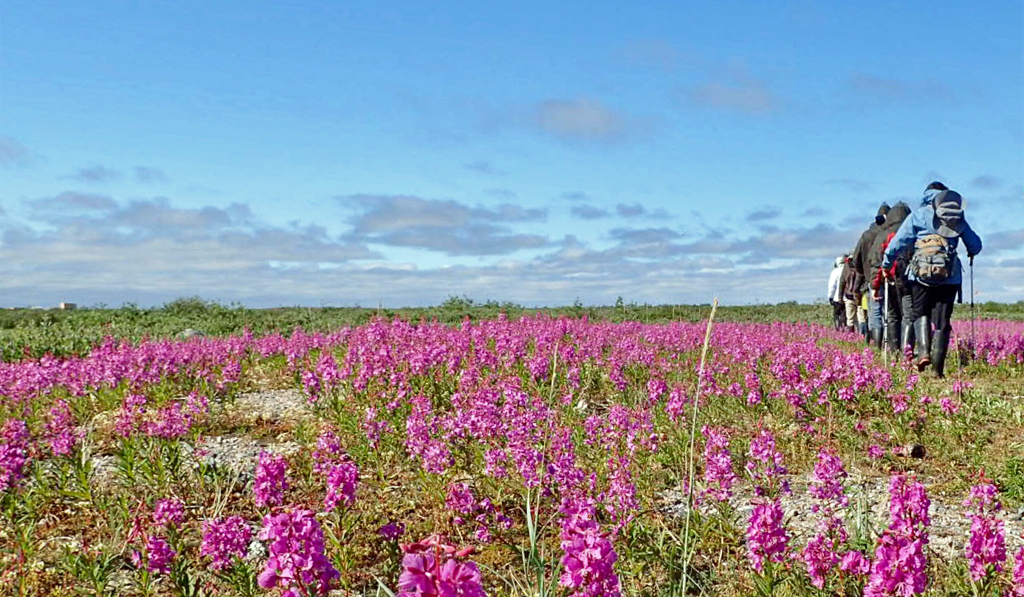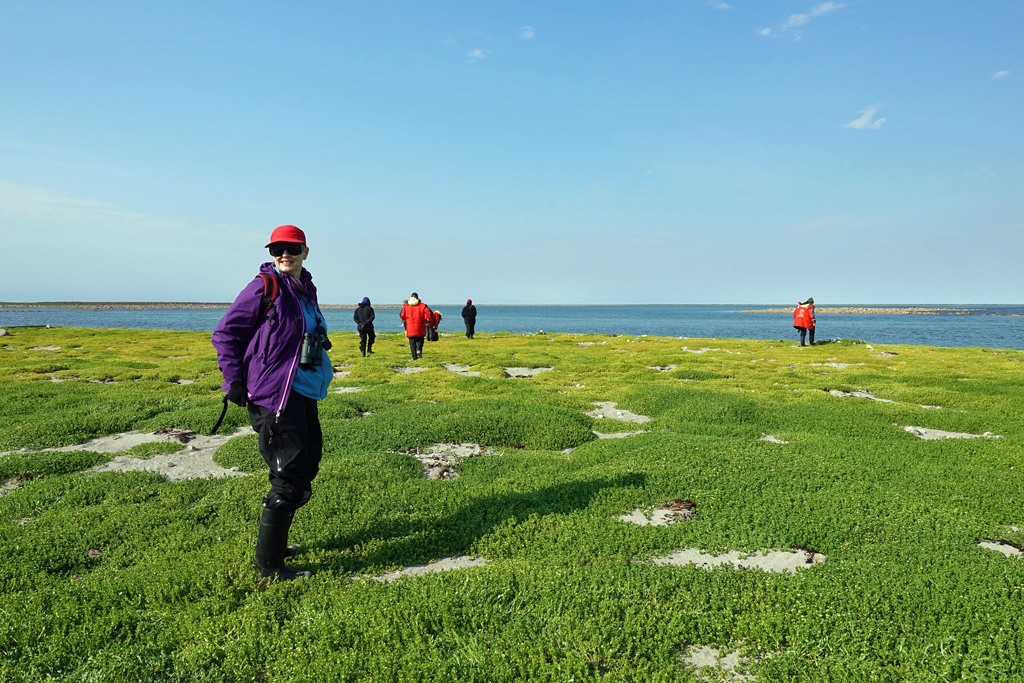This article originally appeared in National Geographic’s Almanac 2019 and it includes many of the reasons we created our Wildlife & Wellness Safari at Nanuk Polar Bear Lodge. Churchill Wild is a proud member of the National Geographic Unique Lodges of the World.
Nature’s Best Button
Constantly multitasking and dodging countless distractions can erode mental acuity. Our brains are easily fatigued. What is the antidote? Nature. When we stop the busywork and take in beautiful natural surroundings, not only do we feel restored, but our mental performance also improves.
Large-scale public health problems such as obesity, depression, and even nearsightedness are clearly associated with time spent indoors. This pattern has motivated scientists to look with renewed interest at how nature affects us. Measurements of everything from stress hormones to heart rate to brain waves to protein markers indicate that when we spend time in green space, our prefrontal cortex, the brain’s command center, can dial down and rest, like an overused muscle.
Dutch researchers found a lower incidence of 15 diseases – including depression, anxiety, heart disease, diabetes, asthma, and migraines – in people who lived within a half mile of green space. English researchers found that people living near more green space reported less mental distress, even after adjusting for income, education and employment. Researchers also discovered that trees and plants exude oils that boost the brain’s own production of calming chemicals.
Green Space: Priceless
Studies show that short doses of nature, or even pictures of the natural world, can calm people down and sharpen their performance. Compared with people who have obstructed window views, those who can see trees and grass have been shown to recover faster in hospitals, perform better in school, and even display less violent behavior. In one Korean study, looking at urban scenes increased blood flow in the amygdala, which processes fear and anxiety. In contrast, natural scenes lit up the anterior cingulate and the insula – areas associated with empathy and altruism.

Look Up – Even if you can’t see many stars from your yard, follow the phases of the moon or the planets’ movements. Dennis Fast photo.
Top 10 Ways to Bring Nature Into Your Life
- Make It a Priority – Schedule time on the calendar for outdoor adventures, even if you only have time for a short hike.
- Observe Wildlife – Grab a field guide to local birds and keep track of your finds on a “life list.” Having a pair of binoculars helps.
- Watch Patiently – Select a tree near your home and follow its life over the course of a year, documenting with photos and notes.
- Find a Way to Eat “Out” – Pack a picnic or a thermos of hot chocolate and head out to the backyard or park – in any season.
- Relocate a Habit – Do you usually sort mail or read magazines at the dining table? Step onto your patio or deck instead.
- Make New Friends – Join a local group that cleans up river banks, rakes leaves for seniors, or plants trees to stop erosion.
- Look Up – Even if you can’t see many stars from your yard, follow the phases of the moon or the planets’ movements.
- Meet the Neighbours – Plan a block party, a neighbourhood barbeque, or a mini-Olympics for the kids and start socializing outside.
- Plan to Be Spontaneous – Put outdoor shoes, bug spray, and sunscreen in the car so you can take advantage of any opportunity.
- Grab a Bike or Ball – While 70 percent of mothers in the U.S. recall playing outdoors every day, only 26 percent say their kids do.











